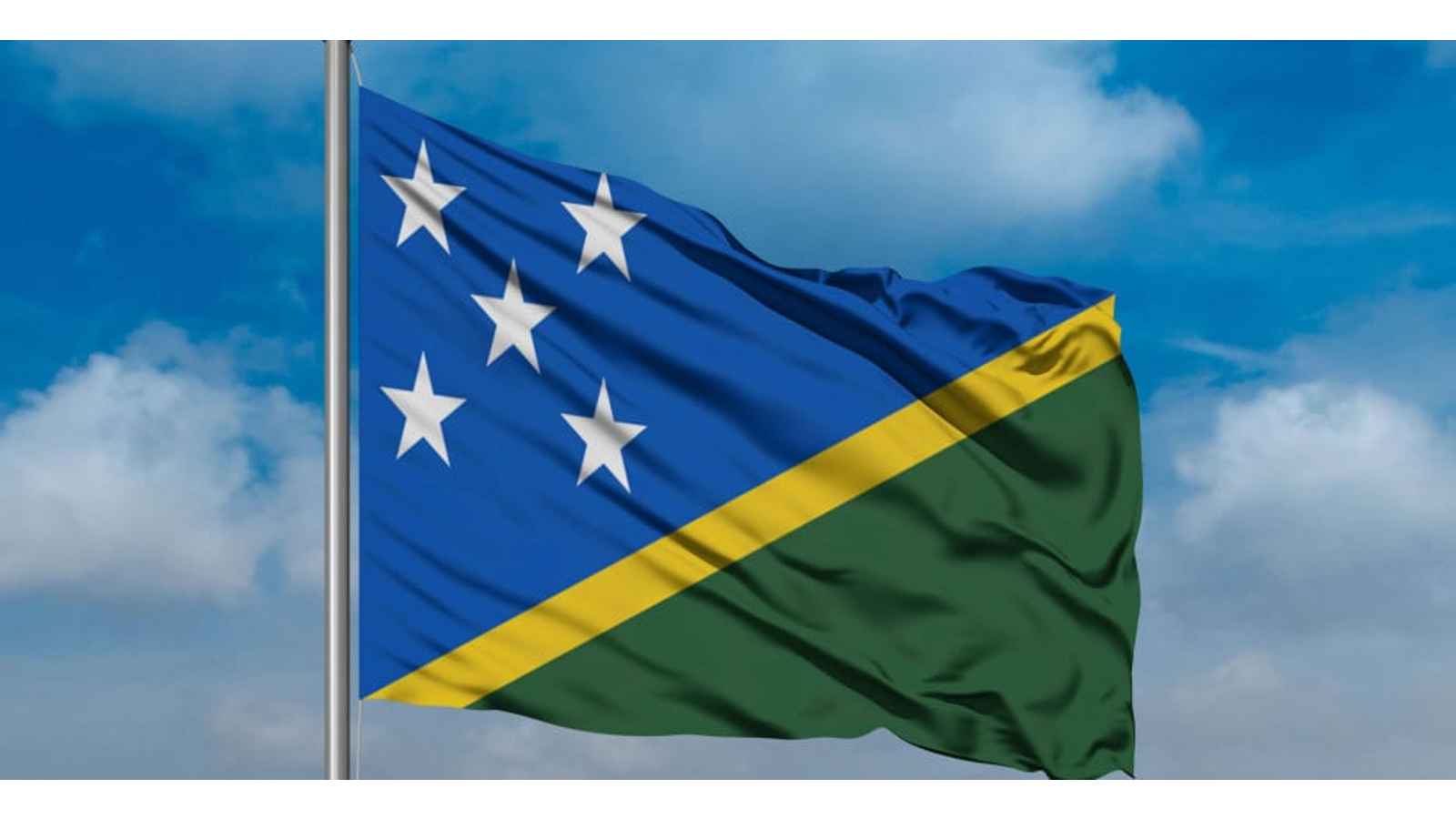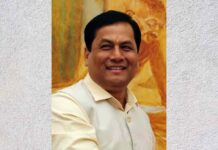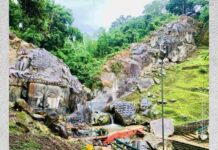On July 7 we celebrate Solomon Islands Independence Day. It is an annual celebration commemorating the nation’s independence. The Solomon Islands obtained independence and became a sovereign nation in 1978. Queen Elizabeth II is the country’s constitutional monarch. Although the nation is governed by the Queen, it is not under British control, as the Queen rules the island through a Governor-General and with the title “Queen of Solomon Islands.” The Solomon Islands are one of the few nations without a military. The majority of the land is mountainous and covered with natural, uncultivated forests. Nevertheless, the nation has managed to contain freedom, and we are celebrating this achievement.
The background of Solomon Islands Independence Day
Oceania’s Solomon Islands are an archipelago. Six main islands are surrounded by 900 smaller islands. It is predominantly mountainous and forested. The history of the island begins with the migration and colonisation of Austronesian people around 2000 B.C. These people settled on The Solomon Islands’ six main volcanic islands. The settlements evolved into clans, and these tribes adopted a way of life that they maintained for centuries until the Middle Ages. These communities spoke distinct languages, and they frequently engaged in conflict. The discovery of the islands by the Spanish explorer Alvaro de Mendana de Neira in 1568 altered everything.
Alvaro de Mendana introduced the Solomon Islands to Europeans, and he is responsible for the fact that so many locations on the islands still bear Spanish names. In 1767, the British reached the island. Philip Carteret, an English explorer, was responsible for the rediscovery of the island by the English. The island and its inhabitants were significantly impacted by these transcontinental travellers until the 1800s. During this time, Europeans, Americans, and Australians were a common site, bringing with them food bartering, evangelism, trade, labour, etc. A number of them even began to settle on the islands.
In 1893, the southern Solomon Islands were made a British protectorate. The capital of these British-controlled regions was Tulagi. By the year 1900, all of the northern Solomon Islands became part of the British protectorate. Japan entered the scene during World War II, and the islands witnessed intense combat between Japanese and allied forces. During the conflict, the islanders were impressed by the culture and attitude of the United States. The demand for liberty thus began. On July 7, 1978, Peter Kenilorea led the country to independence. In addition, he served as the first prime minister of the Solomon Islands.
Tell the Truth Day in U.S. 2023: Date, History, Facts about Honesty
World Chocolate Day 2023: Date, History, Facts, Activities
Alice Springs Show Day 2023: Date, History, Facts, Activities
5 FACTS YOU NEED TO KNOW ABOUT THE SOLOMON ISLANDS
About half of the Solomon Islands’ lesser islands remain uninhabited.
Alvaro de Mendana believed that the island was the source of King Solomon’s prosperity, so he named it the Isles of Solomon.
The Marovo Lagoon in the Solomon Islands is the world’s largest saline lagoon.
The coastline of the Solomon Islands stretches over 3,300 miles and features pristine coral reefs and sandy beaches.
The Solomon Islands’ submarine volcano Kavachi is the world’s most active submarine volcano.
SOLOMON ISLANDS INDEPENDENCE DAY DATES
| Year | Date | Day |
|---|---|---|
| 2023 | July 7 | Friday |
| 2024 | July 7 | Sunday |
| 2025 | July 7 | Monday |
| 2026 | July 7 | Tuesday |
| 2027 | July 7 | Wednesday |




